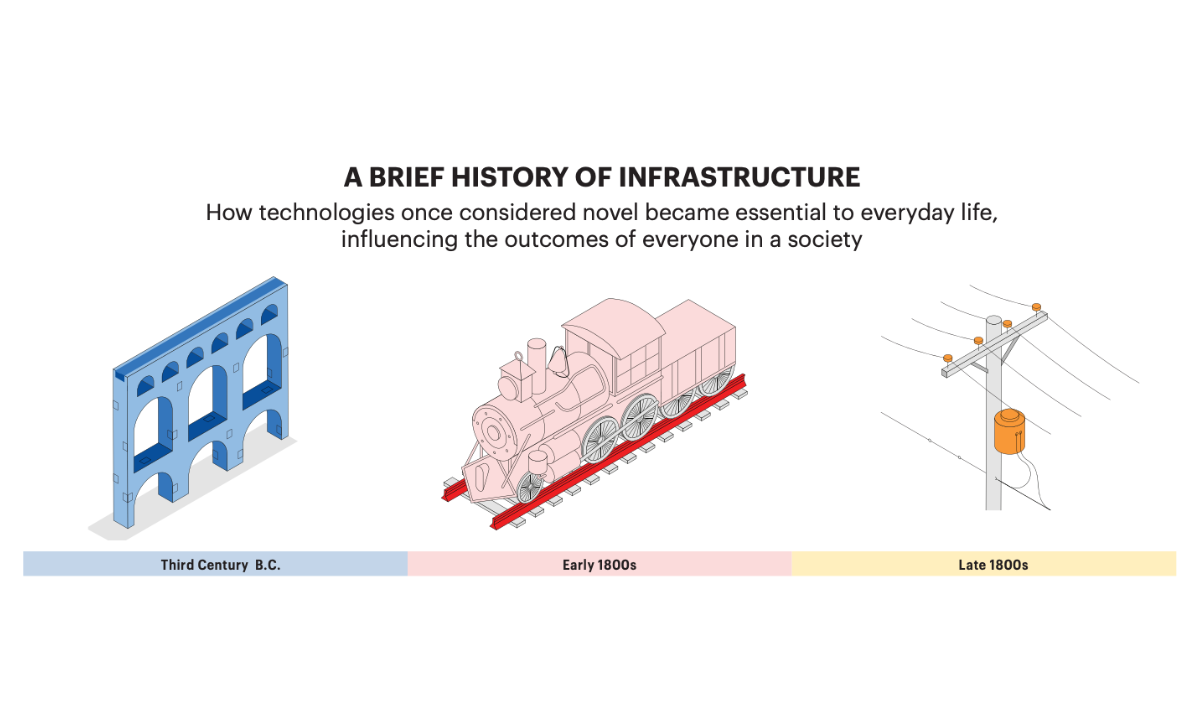How Schools & Communities Can Work Together for the Betterment of Both
Knight: The pandemic proved that schools are serving a multidimensional purpose across communities and generations

Get stories like this delivered straight to your inbox. Sign up for The 74 Newsletter
The past two years have demonstrated that schools are much more than places of education. While pandemic-related closures interrupted learning, reduced academic expectations and widened inequality gaps for students, they also carried high consequences for communities at large.
When schools shut down, working parents — especially women — who were left without child care suffered career setbacks as they struggled to help their youngsters learn remotely. Students who relied on school libraries for free internet access could no longer get online. Community groups and organizations for the elderly lost the auditoriums and cafeterias where they would gather to socialize.
The pandemic proved that schools have grown to serve a multidimensional purpose across communities. And historic investments from the Biden administration to reimagine the country’s infrastructure offer a once-in-a-generation opportunity to improve America’s neighborhoods and schools simultaneously.
In order to do so, though, community and education leaders need to adopt an equally broad approach to their investments, considering the wide range of interdependent physical, digital and social aspects. Take a student literacy program, for example: Efforts to improve children’s reading can only go so far if parents don’t have the resources to support this work at home. Organizations like Springboard Collaborative are addressing this by coaching both educators and family members on ways to improve children’s reading outside the classroom.
At Siegel Family Endowment, we have long grounded our giving around the concept of multidimensional infrastructure and funded programs, similar to Springboard, that are pioneering this work across their communities and education systems. The ongoing efforts of several of our grantees, along with many other organizations, nonprofits and cities, can serve as a blueprint for leaders across the country for how to enact such change in their own neighborhoods.
One of our grantees, Reimagine America’s Schools, has developed what it calls the “Complete American Neighborhood.” In collaboration with educators, technology experts and community leaders, the nonprofit is working to build neighborhoods that are education-centered, people-focused and equitable. These efforts include providing all students with devices for accessing the internet and online learning both at school and at home. This also involves working with districts to create hyperlocal learning centers within walking distance of students’ homes that supplement the work already taking place at traditional community schools. This could mean designating a local cafe where students can meet with area professionals for mentorship, or identifying places where students can go to log into class and learn remotely rather than having to commute every day to school.
While these ideas certainly benefit students in need, removing digital and physical barriers that hinder success in the classroom also bolsters the broader community. For example, families who cannot afford computers can use their child’s school device to get online and sign up for food pantries and other social services through designated portals. They are also far more likely to take advantage of community programs, such as English or financial literacy instruction, if they can be accessed online or are within walking distance.
Another grantee, Education Reimagined, recently launched The Big Idea, a platform that brings together educators, students, families and neighbors to discuss a future of learning that’s more student-centric and community-based. Through a growing series of videos available to the public online, the Big Idea shines a light on how neighborhoods can take a more multidimensional approach to education — from how communities can connect students with small business owners for mentorship to how rural towns can use online resources to expose young people to scholarship and ideas from around the globe.
In New Hampshire, Dover High School and Career Technical Center recently underwent a total redesign after the school and a partnering architecture firm conducted a series of community listening sessions to hear how a new building could benefit not only students, but residents as well. This resulted in the creation of a central dining commons at the school coined the Town Square, where students, parents and residents can congregate, host events and strengthen connections across the community. The Town Square now serves lunch to the public in partnership with the Career Tech culinary arts program, provides haircuts through the school’s cosmetology program and offers crucial services like blood pressure checks by local health care professionals.
Recognizing the interconnection between students’ experiences inside and outside the classroom, New Mexico’s Lynn Community School has piloted programs that range from providing parents with free access to computers, WiFi and office supplies to helping them apply for jobs and opening a school-based dental clinic. This has made the school a hub not just for students, but for all community members in need.
Initiatives that take an entire community into account can be rooted in schools that open their doors to their neighbors or in public services that benefit schools and their students. All that matters though is that change needs to happen — and that change must happen now.
As America’s schools prepare to break for summer vacation, city and education leaders should use this time to unite, share ideas and closely collaborate to develop the multidimensional solutions that will propel neighborhoods into a more equitable, resilient and prosperous future.
Get stories like these delivered straight to your inbox. Sign up for The 74 Newsletter

;)